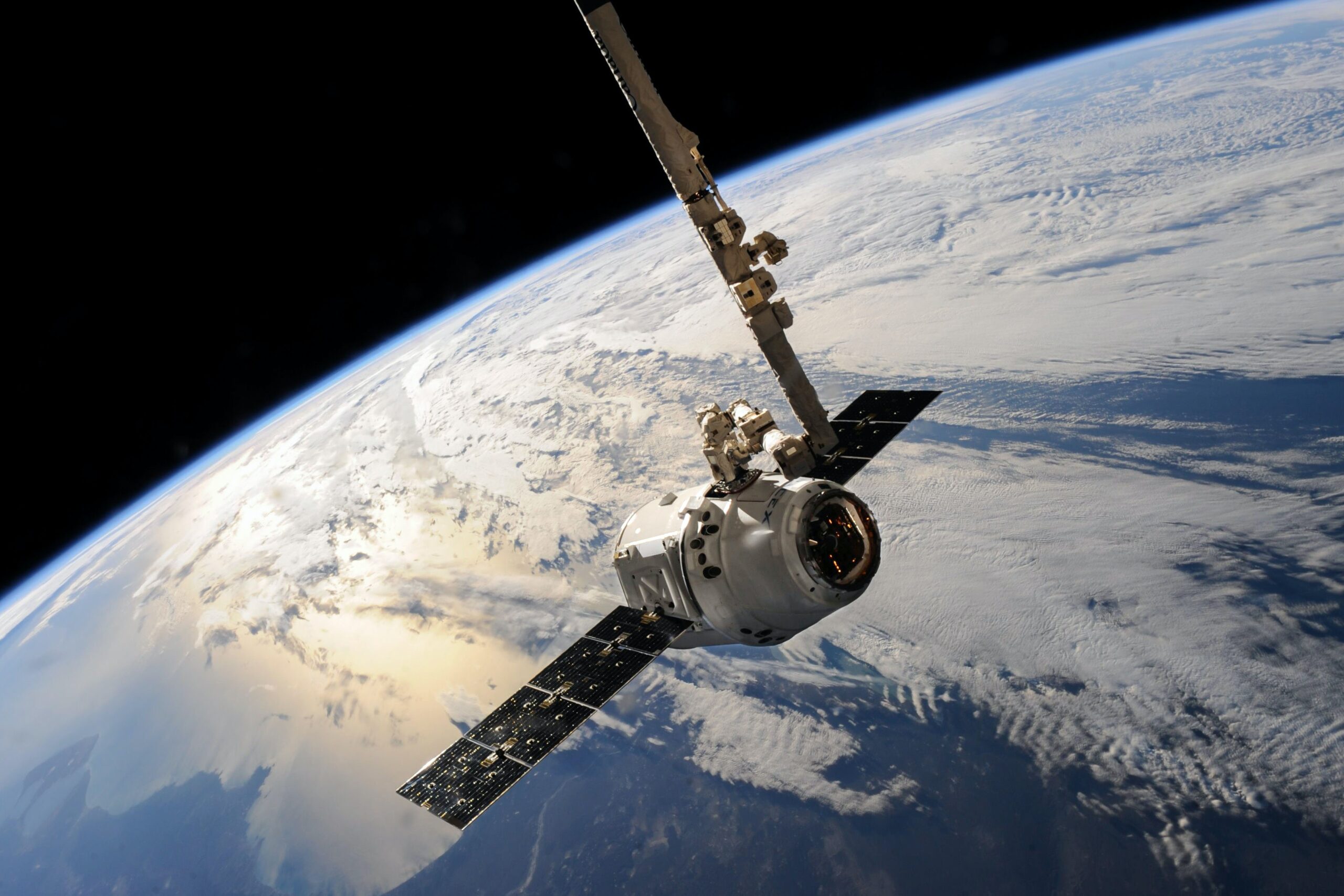Introduction: What is an Exoplanet?
Are we alone in the universe? This is a question that has intrigued humans for centuries. Thanks to advancements in technology, scientists are now able to explore planets beyond our solar system, known as exoplanets. Recently, NASA made an incredible discovery – an Earth-sized exoplanet carpeted with active volcanoes. This finding could potentially hold the key to understanding how planets form and evolve over time. Join us as we delve into this exciting topic and uncover what this discovery means for astronomy and space exploration.
The Discovery of the Earth-Sized Exoplanet
- LHS 1140b : NASA’s latest discovery has set the scientific world abuzz, and for good reason. In a recent announcement, it was revealed that astronomers have discovered an exoplanet the size of our very own Earth. The planet, which is called LHS 1140b, is located in the habitable zone of its star – the perfect distance away to potentially host life.
- Mass And Density : The discovery was made using data gathered from NASA’s Hubble Space Telescope and other ground-based telescopes. Scientists were able to determine not only the size of this new exoplanet but also its mass and density. These findings suggest that LHS 1140b is likely rocky like our own planet and may have similar characteristics.
Surprising Volcanic Activity
- Volcanic Activity : The discovery of an Earth-sized exoplanet with surprising volcanic activity has sent shockwaves throughout the scientific community. While volcanic activity is not uncommon in our own solar system, finding it on a distant planet opens up new avenues for research and exploration.
- The Intense Heat And Gravitational Forces : Scientists believe that this newly discovered exoplanet may be experiencing constant volcanic eruptions due to its close proximity to its host star. The intense heat and gravitational forces from the star could be causing continuous geological activity on the surface of the planet.
- Atmospheres And Climates : Studying this exoplanet’s volcanic activity could provide valuable insights into how volcanoes affect planetary atmospheres and climates. It could also help us better understand the potential habitability of other worlds beyond our own solar system.
- Excitement And Unpredictability : This groundbreaking discovery highlights both the excitement and unpredictability of space exploration. With every new discovery comes new questions, but one thing remains certain: there are still countless mysteries waiting to be uncovered among the stars.
Impact of This Discovery on Astronomy and Space Exploration
- Understanding Of The Universe : The discovery of an Earth-sized exoplanet with surprising volcanic activity has significant implications for astronomy and space exploration. For starters, it expands our understanding of the universe beyond our own solar system.
- Similar Planets : The existence of such a planet suggests that there may be other similar planets out there in the cosmos. This could lead to further discoveries about habitable worlds that might support life as we know it.
- Planetary Geology And Volcanism : Furthermore, this discovery highlights the importance of studying planetary geology and volcanism. If active volcanoes are present on exoplanets, they could impact their atmosphere and potentially serve as markers for signs of life. This discovery opens up exciting new avenues for research into exoplanets and what they can tell us about the universe at large.
Also Read: How Google Help Me Write Can Boost Your Writing Skills
Conclusion
NASA’s discovery of an Earth-sized exoplanet with surprising volcanic activity is a remarkable achievement in the field of astronomy and space exploration. The findings provide valuable insights into how planets form, evolve, and interact with their host stars.











